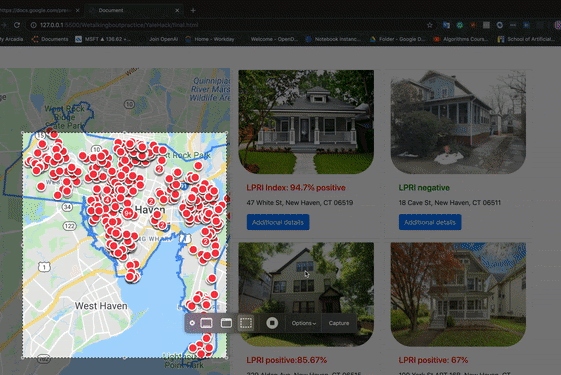Making a Difference at the Yale Health Hackathon

Last weekend (Jan. 24-26), Alex Chebatarev and Muhammad Moiz Saeed were invited to participate in Yale’s Annual Health Care Hackathon. Given that they were accepted to such a prestigious event, The Department of Undergraduate and Graduate Studies funded their trip to this Hackathon. Here is their story written by Muhammad.
A healthcare hackathon is an event in which people with diverse perspectives such as clinicians, engineers, designers, software developers, business people, and patients come together in an intense three-day weekend to develop and build solutions that could address challenges facing healthcare today.
We started our trip at 3 pm Friday. We drove down to Yale in New Haven and went straight to our Airbnb before heading out to the networking mingle at the hackathon. That evening we began exchanging ideas with MDs (Medical Doctors) and Clinical researchers and discovered different problems that the population is currently facing regarding Social Determinants of Health. The majority of the ideas that we heard revolved around access to healthcare in restricted zip codes and food insecurity in food deserts. After discussing and sharing different perspectives for about 2 hours, we headed back to our Airbnb.
We got up early the next morning, grabbed breakfast, and listened to the pitches of problems that people would like to solve. Since Alex and I were still new to the healthcare domain and our interest lied in the intersection of Healthcare and Machine Learning, we were looking at different projects. As we communicated with different people, we both found the idea of detecting lead-poisoned houses one of the more dire problems to solve. It had less economic incentives in the short term but lead poisoning in children has an overall 300 billion dollar impact on the United States economy. The special education programs, healthcare costs are the bulk of what these expenses are made up of.
The pitch we heard was simple, but it portrayed a problem in society.
Paint before 1978 contained lead in it, but currently, the way we screen for lead houses is by screening children before the age of 1. Blood samples of infants have to be tested to identify houses that have lead. But at that point, it’s too late for the infant who’s already been affected with lead. The child will have negative affects throughout their lifetime, which include slower learning rates and social cohesion among others. Let’s discover a way to find houses before Children are exposed to lead.
Alex and I had talked to different members pitching the same idea and ended up on the same team.
We continued the day by discussing the problem and were looking at ways to identify houses that contain lead. We brainstormed and wound up with a list of things:
- Houses made before 1978
- History of households
- The number of lead poisonings reported in a certain zip code
- Income level per zip code
This list expands into a couple more factors and the issue is that all of the data are spread throughout the Internet but aren’t centralized to narrow down the search. However, our conversations turned into a breakthrough when we decided on leveraging deep learning as a part of our solution. We found out that HUD (US Department of Housing) has a dataset of house addresses that contained lead poisoning at some point. Leveraging this information and Google’s API, we wanted to create a classification algorithm that would utilize this information and images of houses along with the factor mentioned above. As a result, the algorithm would produce a Lead Poisoning Risk Index (LPRI) that would judge how likely a house would be to contain lead. Our demo here demonstrates our solution, which would assess the houses for sale within a certain zip code. For our purposes, we choose New Haven.

We continued to work on this, but perhaps our most shaky bit was our monetization strategy. Although we were solving a problem, it was difficult for an organization to stay afloat without the proper funding. We had leveraged organizations like Zillow and socially responsible REITs as a part of our funding strategy, but it had a lot of loopholes. Having spent a significant amount of time on the solution itself, we had left less time for the business model around the solution.
After having done the presentation, we were asked some tough questions around our business model and future sustainability but we managed to pull through with our responses.
Overall, we loved the experience of a Hackathon, meeting new people for the first time, manifesting an idea from the ground up, engaging in teamwork and working through different perspectives on the subject. The leadership experience and the time constraint to build a finished product are all things that help us grow and truly inspire us to do better. We will continuously look to attend more hackathons and make a difference.



